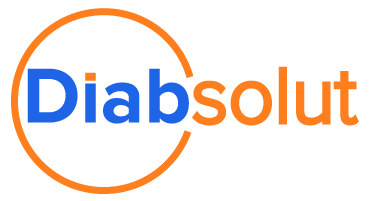A Dual Approach to Efficiency in Field Service Management: Asset-Centric vs. Customer-Centric Models
Author: Stephen Sugumar 
Navigating the intricacies of business operations in the field is a complex task for any organization. A pivotal aspect of this challenge involves distinguishing between Asset-Centric and Customer-Centric models and grasping how an FSM solution addresses each paradigm.
Understanding Asset-Centric vs. Customer-Centric Models
FSM, as a multifaceted business operation, requires a clear comprehension of two primary models: Asset-Centric and Customer-Centric.
- Asset-Centric Model: This model revolves around the management of business assets utilizing FSM solutions. It encompasses the scheduling and dispatching of resources to install, maintain, or repair field assets. Essentially, it focuses on optimizing the performance and availability of revenue-generating assets, such as oil wellheads or utility grids.
- Customer-Centric Model: In contrast, the Customer-Centric approach prioritizes the management of customer relationships and prospects through FSM solutions. It entails scheduling appointments and dispatching resources to cater to customer needs at their homes, businesses, or relevant assets. Communication and coordination with customers are paramount in this model, as it directly impacts satisfaction levels and brand loyalty.
Fundamental requirements for Asset-Centric Operations
- Tracking Asset Performance: Maximizing uptime and performance of assets is imperative for revenue generation. FSM solutions should facilitate real-time tracking and monitoring to ensure optimal asset functionality.
- Resource Management: Efficient scheduling and management of specialized crews and vehicles are pivotal. FSM platforms should empower organizations to orchestrate complex workflows and allocate resources effectively.
- Preventative Maintenance: Proactively scheduling and executing preventative maintenance tasks is vital for prolonged asset longevity. FSM solutions should offer robust planning capabilities and facilitate long-term work scheduling to minimize downtime.
Fundamental requirements for Customer-Centric Operations
- Seamless Communication: Rapid and flexible appointment booking channels are indispensable. FSM solutions should facilitate diverse communication modes, including online chat, SMS, and phone, to accommodate varying customer preferences.
- Customer Coordination: Building trust through transparent communication is paramount. FSM platforms should enable seamless information exchange between customers and field personnel, fostering a collaborative service environment.
- Empowering Customers: Providing self-service options empowers customers and enhances satisfaction levels. From self-troubleshooting guides to interactive portals, FSM solutions should prioritize customer empowerment and engagement.
Focusing on the right model for you
Navigating between both Asset-Centric and Customer-Centric approaches is crucial for success. Although at different levels, most businesses operate within both models, creating a hybrid approach where optimizing operations for both is vital, while being able to merge them seamlessly when needed. Businesses, like utility companies ensuring assets like gas lines function smoothly while prioritizing customer satisfaction by coordinating home visits, are the perfect example of this hybrid model. Selecting the right FSM solution tailored to these distinct approaches is essential. It enables organizations to maximize the efficiency of their teams, enhance customer experiences, and foster sustainable growth.
If you need further assistance with implementing your FSM project to optimize operations, don’t hesitate to contact us. We’re here to help you navigate and succeed in your field service endeavors.
Search
Trending Topics
- How Managed Services Drive Success – The Diabsolut Advantage
- Facing Challenges? Here’s How to Overcome the Top 5 Pain Points
- Understanding Personas to Improve Your Implementation of Software Solutions
- E24: SFS Roadmap Improvements for Each Persona – Java With Sugar Podcast
- Contractor Management: Building and Managing an Effective Field Service Workforce
- E23: How Salesforce Field Service Applies to Each Persona – Java With Sugar Podcast
- E22: Introduction to Field Service Personas – Java With Sugar Podcast
- The Role of Customer Success in a Professional Services Organization: A Path to Achieving Business Goals
- Addressing Customer Success Challenges in Today’s Market
- Field Service Efficiency During Workload Variations
